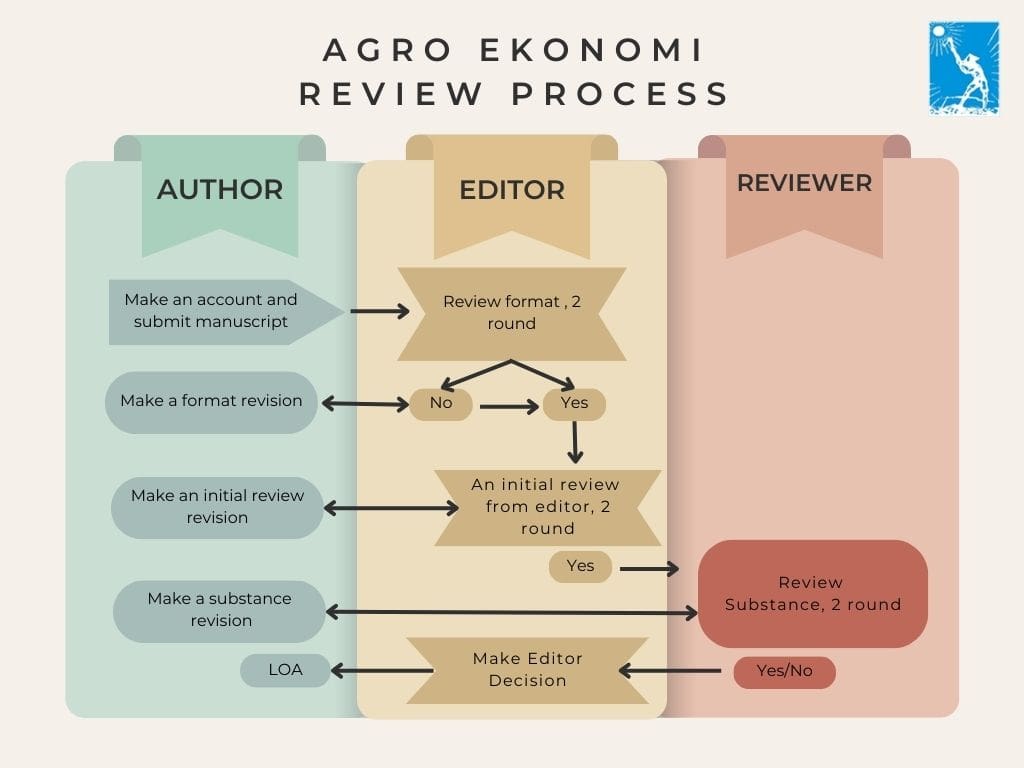EKONOMI INDUSTRIKELAPA SAWIT DI INDONESIA SERTA KAITANNYA DENGAN PROGRAM PENELITIAN DAN PENGEMBANGAN
Teguh Wahyono(1*)
(1) Peneliti pada Pusat Penelitian Kelapa Sawit (PPKS)
(*) Corresponding Author
Abstract
This paper presents the role of oil palm into national economy, especially into Gross Domestic Product, fiscal earnings, employment, and regional development. Thispaper also brings up research and development program of oil palm, in terms of technology and socio-economic, by considering governmental policy, especially Board of Agriculture Research and Development. "2003 oil palm production is Rp39.39 trillion, with the contribution to plantation, agriculture, and entire sector GDP are 84%, 13%, and 2%, respectively. Land tax (PBB) is Rp3.8 billion, income tax (PPh) Rp5.12 trillion, value added tax (PPn) Rp3.94 trillion, and export tax
(PE) Rp731.85 billion. In the end of2003, area of oil palm is 5,247,171 ha
with labor necessity is 35 people per 100 ha. There are 320 unit of oil mills,
with total processing capacity is 13.521 ton fresh fruit bunches per hour.
Each oil mill under 30 ton of FFB per hour processing capacity needs 136
labor. More labor can be employed by downstream industry which provide
raw material for oil palm. Plantation development also cover the development of physical infrastructure, i.e. road, bridge, school building, mosque, church, etc. Furthermore, it is followed by socio-economic development, i.e. commerce center, financial, education, health, sport, entertainment, etc. Technological innovation have been developed by Indonesian Oil Palm Research Institute through research and development program. Some technological package also have been produced, both upstream and downstream industries.
Keywords
Full Text:
PDFArticle Metrics
Refbacks
- There are currently no refbacks.
Copyright (c) 2017 Agro Ekonomi

This work is licensed under a Creative Commons Attribution-ShareAlike 4.0 International License.
View My Stats











